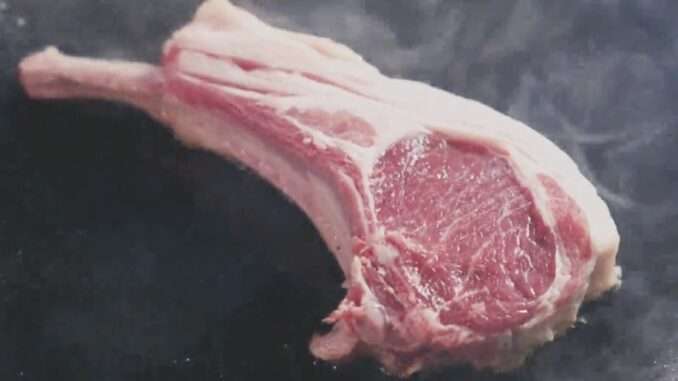
Nice Visuals and Best Performance
Note: Credit goes to Hydef
My Setup:
- Processor: AMD 5900X
- Graphics Card: Nvidia 3080
- Memory: 32GB at 3600MHz
- Game stored on SSD
These settings should balance visuals and performance. Outside of busy cities, expect a steady 60fps. In denser areas, it may drop to around 40fps due to poor optimization.
For stronger PCs, consider raising the FPS cap or turning off Dynamic Resolution. Weaker PCs should lower the screen resolution, switch Ambient Occlusion to SSAO or Off, and set Resource-Intense Effects Quality to Off or Low.
Settings:
- Screen Resolution: Adjust as needed.
- Ambient Occlusion: SSAO or Off.
- Resource-Intense Effects Quality: Off or Low.
Here Are My Settings
- Display mode: Full Screen
- Screen Resolution: 3840×2160 for beefy GPUs, 2560×1440 for mids, 1920×1080 for lower tier cards.
- Refresh Rate: Whatever the max refresh rate of your display is. It will be at least 60hz.
- FPS Cap: Max 60 FPS. This game is not well optimized and will most likely frequently be inconsistent on anything above that.
- Vertical Synchronization: Off. Force it in your GPU settings instead.
- Dynamic Resolution: On. This seems to tweak effects settings on the fly while still providing a sharp native resolution image output. Huge performance boost for not much of an image quality hit. Alternatively, you can keep this off and turn the next setting (FSR3) to Quality for similar performance gains. Dynamic Resolution is sharper and FSR3 Quality is smoother. Your choice.
- FideltyFX Super Resolution 3: Off, or Quality if you have Dynamic Resolution turned off.
- DLSS Super Resolution: Off. The equivalent Quality setting looks worse then the FSR3 option, even on my Nvidia card.
- DLSS Nvidia Reflex Low Latency: Off
- Sharpness: Off
- Rendering mode: Progressive
- Image Quality: Max (This is very important, I don’t know why this is so low by default!)
- Ray Tracing: Off. The game does look nice with it on but it’s at the cost of about 20FPS for me. Might be worth trying if you have a 40xx series graphics card.
- Ambient Occlusion: SDFAO. Set to SSAO for additional gains. Turning it off completely will look pretty bad, I wouldn’t recommend it.
- Anti-Aliasing: Off. Force it in your GPU settings if you find the grass and shadow shimmering to be distracting.
- Screen Space Reflections: On
- Mesh Quality: Max
- Texture Filtering: High Aniso x16
- Texture Quality: High 3 GB. Set to Medium or Low for cards with extremely low VRAM.
- Grass / Tree Quality: High
- Resource-Intense Effects Quality: High. Turn this to Low if performance is still poor.
- Shadow Quality: High. Turn this to Low for more performance gains if necessary.
- Shadow Cache: On
- Contact Shadows: On
- Motion Blur: I prefer off, but this is to taste.
- Bloom: I prefer on. Again, whatever you prefer. Basically no performance impact.
- Depth of Field: On
- Lens Flare: On
- Lens Distortion: Off
- Subspace Scattering: On
- Motion Quality: High
Brightness Settings
The RE Engine handles brightness settings uniquely, in both SDR and HDR modes. HDR is preferable if available, though it might not work well on all setups. Here are recommended settings for both modes:
For HDR:
- Max brightness: Rightmost
- Final brightness setting: Two clicks left from the default.
For SDR:
- Max brightness: Rightmost
- Min brightness: Leftmost (not applicable in HDR mode)
- Final brightness setting: Two clicks left from the default.
If HDR isn’t activating in-game, enable it in Windows HDR settings before launching the game. These settings may affect highlights and black levels on less dynamic monitors, but they improve contrast compared to default settings.








Be the first to comment